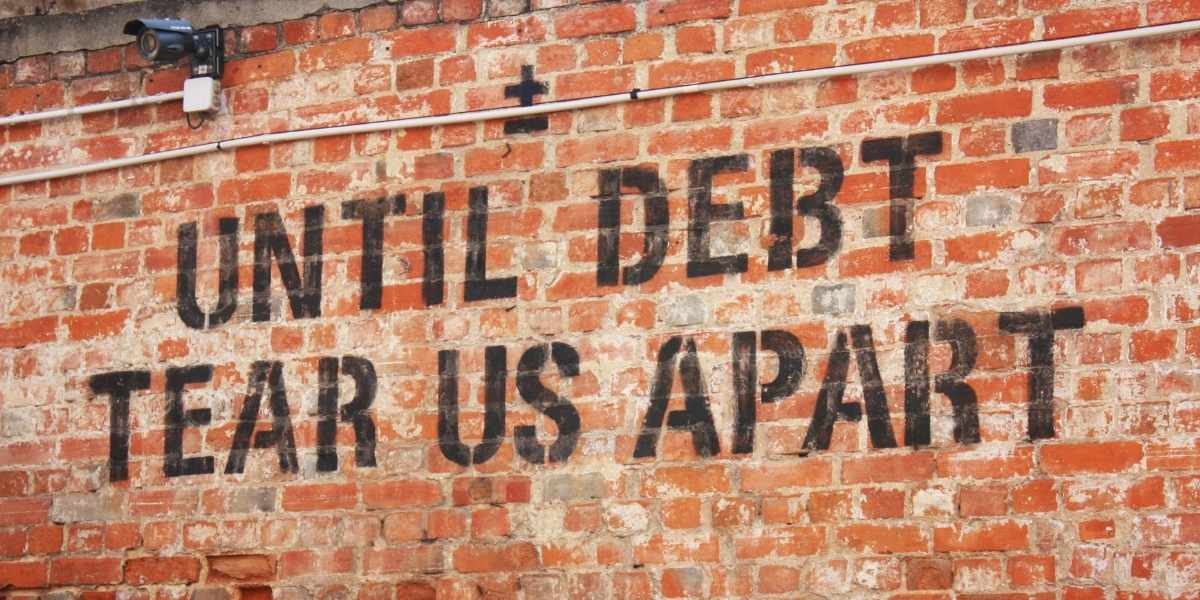Navigating the Complexities of Business Bankruptcy: Understanding Challenges, Processes, and Potential Outcomes
Business bankruptcy is an incredibly challenging and often overwhelming process that many companies face when they can no longer meet their financial obligations. Whether due to declining revenues, rising debts, or other financial hardships, businesses must consider bankruptcy as a critical legal step when financial recovery is no longer possible. This article provides a comprehensive guide to understanding business bankruptcy, including its key indicators, different types of bankruptcy, and potential outcomes. Understanding these aspects can help business owners make informed decisions about how to navigate this complex process.
Read Also: Content Marketing: Crafting Value-Driven Content to Engage Audiences
Identifying Financial Distress: What Are the Warning Signs?
Before a business enters bankruptcy, there are several warning signs that indicate financial distress. Recognizing these early signals can help business owners address issues before they escalate to the point of filing for bankruptcy. Some of the most common indicators include:
-
Declining Revenues: Consistent drops in sales or income are a major red flag. When a business experiences a significant and sustained decrease in revenue, it may be unable to cover its operating costs, leading to cash flow problems.
-
Increasing Debt: If a business is unable to keep up with its existing debt obligations and needs to take on additional loans or credit to stay afloat, it may be heading toward bankruptcy. This situation can lead to an unsustainable debt cycle.
-
Cash Flow Problems: When a business struggles to generate enough cash to cover daily expenses, it often indicates that liquidity is low. Insufficient cash flow makes it difficult to pay employees, vendors, and other necessary expenses.
-
Legal Actions from Creditors: Legal actions, including lawsuits or the threat of foreclosure, can be a clear indication that creditors are losing patience. If a business faces consistent pressure from creditors, bankruptcy might become the only option.
Recognizing these signs early allows businesses to either adjust their strategies or seek professional advice before bankruptcy becomes unavoidable.
Types of Business Bankruptcy: Chapter 7 vs. Chapter 11
When a business is unable to pay its debts, it has two main options for filing bankruptcy in the United States: Chapter 7 and Chapter 11. These types of bankruptcy serve different purposes, and understanding their distinctions is key to deciding the right path forward.
Chapter 7: Liquidation
Chapter 7 is a liquidation process where the business ceases operations, and its assets are sold off to pay creditors. This type of bankruptcy is typically pursued when the business has no viable way of recovering or reorganizing. The assets are liquidated by a court-appointed trustee, and the proceeds are distributed to creditors based on legal priority.
Once the assets are sold and creditors are paid to the extent possible, the business is dissolved. Chapter 7 is often considered the final step for businesses that have no chance of recovery.
Chapter 11: Reorganization
In contrast, Chapter 11 bankruptcy allows a business to remain operational and attempt to reorganize its financial structure. This type of bankruptcy is often referred to as a “reorganization” because it provides businesses with the opportunity to restructure their debts, renegotiate contracts, and stabilize operations.
During Chapter 11 proceedings, the company submits a reorganization plan that outlines how it intends to return to profitability. This could include debt restructuring, the sale of non-essential assets, or even changes in management. Chapter 11 is typically chosen by businesses that believe they have the potential to recover and continue operating.
The Bankruptcy Process: Step-by-Step
Understanding the bankruptcy process is essential for businesses facing financial difficulties. While each case is unique, there are several key steps involved in most bankruptcy proceedings:
-
Filing the Petition: The bankruptcy process begins when the business files a bankruptcy petition with the court. This petition can be filed voluntarily by the business or involuntarily by creditors.
-
Automatic Stay: Once the petition is filed, an automatic stay is put in place, which prevents creditors from taking further legal actions or pursuing collections during the bankruptcy proceedings.
-
Creditor Meetings: The business will be required to attend a meeting with its creditors, where they will discuss the bankruptcy filing and any potential claims. Creditors will also have the opportunity to challenge the bankruptcy filing or the proposed reorganization plan.
-
Reorganization Plan or Liquidation: In Chapter 11, the business develops a reorganization plan that outlines how it intends to restructure its debts. In Chapter 7, the business’s assets are liquidated, and the proceeds are distributed to creditors.
-
Confirmation of the Plan: In Chapter 11, creditors and the bankruptcy court must approve the reorganization plan. If approved, the company proceeds with its restructuring efforts.
-
Completion: Once the process is complete, the business either emerges from bankruptcy as a reorganized entity or is dissolved through liquidation.
Key Players and Their Roles in Business Bankruptcy
Several key players are involved in the bankruptcy process, each with specific roles and responsibilities:
-
Debtor Company: The business that files for bankruptcy is referred to as the debtor. The company will either attempt to reorganize under Chapter 11 or liquidate its assets under Chapter 7.
-
Creditors: Creditors are individuals or entities to whom the business owes money. Creditors may be secured (holding collateral) or unsecured (with no collateral). They have a say in the bankruptcy proceedings, especially in Chapter 11 cases.
-
Bankruptcy Court: The court oversees the bankruptcy proceedings, ensuring that all legal procedures are followed. The court also approves or denies proposed plans, including reorganization plans under Chapter 11.
-
Trustee: In Chapter 7 bankruptcy, a trustee is appointed to oversee the liquidation of the company’s assets. In Chapter 11, the debtor often remains in control of the business, although the court may appoint a trustee if necessary.
-
Legal Counsel: Both the debtor and the creditors will typically retain legal counsel to navigate the complexities of the bankruptcy process.
Strategies for Reorganization (Chapter 11)
For businesses pursuing Chapter 11 bankruptcy, the goal is to restructure and return to profitability. Several strategies can help achieve this goal:
-
Debt Restructuring: Renegotiating the terms of existing debt can reduce payments and provide the business with more time to recover.
-
Asset Sales: Selling off non-essential assets can raise capital to pay creditors and streamline operations.
-
Operational Changes: Reducing operational costs, improving efficiencies, or even shifting business strategies can help make the company more profitable.
-
New Financing: Securing new financing or investment can provide the capital necessary to fund the reorganization process.
Consequences of Liquidation (Chapter 7)
If Chapter 7 bankruptcy is filed, the business is liquidated, and the proceeds from the sale of assets are distributed to creditors in a priority order. Secured creditors are paid first, followed by unsecured creditors. Any remaining debt after liquidation may be discharged, but the business entity is ultimately dissolved. This process can result in significant losses for both the business and its employees.
Alternatives to Bankruptcy
Before resorting to bankruptcy, businesses may pursue alternative strategies to resolve financial distress. These can include debt negotiations, operational restructuring, or seeking additional investment. Working with financial advisors and legal counsel can help businesses explore these options before pursuing bankruptcy.
Read Also: Peer Mentoring: A Unique Path to Growth and Connection
Impact and Outcomes of Business Bankruptcy
The impact of business bankruptcy extends beyond the company itself. Employees may lose their jobs, suppliers may face delayed payments, and customers may experience disruptions. However, if successful, businesses that undergo reorganization through Chapter 11 can emerge from bankruptcy stronger and more financially stable.
Ultimately, the outcome of business bankruptcy depends on the company’s ability to restructure or liquidate its assets efficiently. While the process is challenging, it can offer a path forward for companies facing insurmountable financial difficulties.








